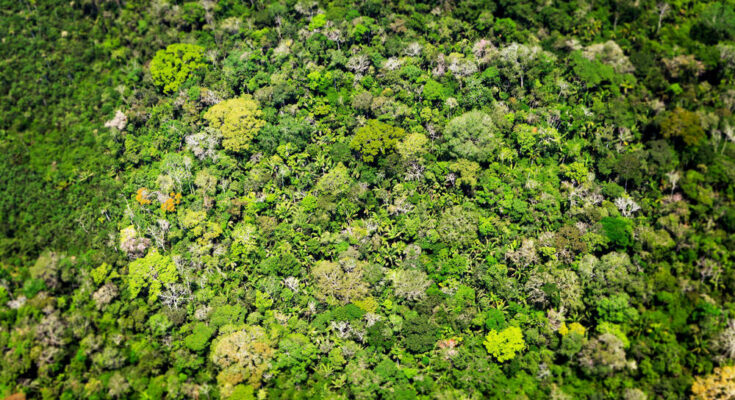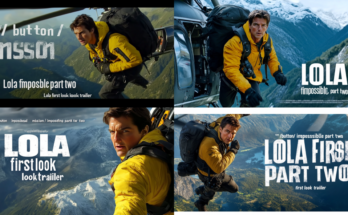
The Amazon is an incredibly unique place. It is the world’s largest rain forest and river system, and the most biologically diverse place on Earth. It contains millions of species, most of them still undescribed.
Both the Amazon’s forest and freshwater systems are at risk. Since the year 2000, rainfall has declined across 69% of the Amazon forest. WWF estimates that 27% of the Amazon biome will be without trees by 2030 if the current rate of deforestation continues. Protecting and conserving the Amazon is no easy task, but WWF has been working to save this important place.

1. What animals live in the Amazon?
The Amazon is one of Earth’s last refuges for jaguars, harpy eagles, and pink river dolphins, and it is home to sloths, black spider monkeys, and poison dart frogs. It contains one in 10 known species on Earth, 40,000 plant species, 3,000 freshwater fish species, and more than 370 types of reptiles. Over 2,000 new species of plants and vertebrates, including a monkey that purrs like a cat, have been described since 1999.


2. How many countries does the Amazon span?
This vast region, about two-thirds the size of the US, spans eight countries: Brazil, Bolivia, Peru, Ecuador, Colombia, Venezuela, Guyana, Suriname, and the overseas territory of French Guiana. Covering about 40% of South America, the Amazon contains 1.4 billion acres of dense forests, half of the planet’s remaining tropical forests, 4,100 miles of winding rivers and 2.6 million square miles in the Amazon basin.

3. What kind of birds can you see in the Amazon?
Home to more than a thousand different species of birds like hummingbirds, channel-billed toucans, hoatzins and macaws, the Amazon is one of the most diverse areas for birds in the world. Macaws, an icon of the Amazon, are highly intelligent and social, living in flocks of 10 to 30 birds. They mate for life and can live up to 60 years. Some species can even mimic human speech. But macaws are under threat from deforestation and the illegal pet trade.


4. Why is the Amazon important?
More than 30 million people, including 350 indigenous and ethnic groups, live in the Amazon and depend on nature for agriculture, clothing, and traditional medicines. There is also a clear link between the health of the Amazon and the health of the planet. The rain forests, which contain 90 billion to 140 billion metric tons of carbon, help stabilize local and global climate. The Amazon also pumps about 7 trillion tons of water per year into the atmosphere, and its forests recycle 50%-75% of annual rainfall back into the atmosphere.

5. What threats does the Amazon face?
The Amazon faces many threats, including deforestation from extensive cattle ranching and agricultural expansion, poorly planned infrastructure, illegal and unsustainable natural resource extraction, and climate change.


6. What is WWF doing to protect the Amazon?
WWF has been working to protect and conserve the Amazon for over 40 years. WWF works to confront the drivers of deforestation, like soy farming, cattle ranching, hydropower, illegal and unsustainable logging, and infrastructure.

7. What is the Amazon Region Protected Areas program?
WWF and our partners launched an approach called Project Finance for Permanence in Brazil to protect 150 million acres of the Brazilian Amazon. We joined public and private entities to raise $215 million to create, consolidate, and maintain a network of 114 protected areas. The network, called the Amazon Region Protected Areas program, is almost three times larger than all US national parks combined.
Now WWF is testing the same approach for the protected area systems in several other countries that are important for conservation, including Peru, Bhutan, and Colombia.


8. How is climate change impacting the Amazon?
Climate change threatens to disrupt the networks of water and forests wildlife depend on. Warmer temperatures and less rainfall have produced droughts of historic proportions. The Amazon suffered its worst droughts of 100 years in 2005 and 2010. Long dry spells wither crops, decimate fisheries and lead to forest fires. This can result in significant shifts in the makeup of ecosystems and a loss of species. WWF helps farmers protect their crops from severe rainfall and droughts and ensure nearby wildlife areas can adapt to a warmer world.

9. How can you help protect the Amazon?
There are many ways you can help protect the Amazon. You can educate your friends and family about the importance of the Amazon. You can become a discerning customer: ask how your food and other purchases have been produced, and buy products with the FSC label. You can reduce your use of fossil fuels, and your impact on the planet. You can also speak up for the Amazon peoples by sharing their stories and talking about environmental concerns.


